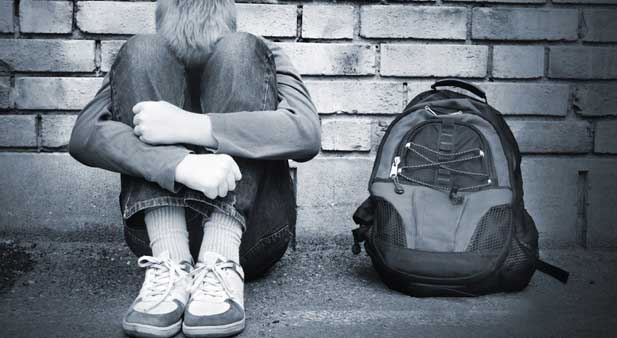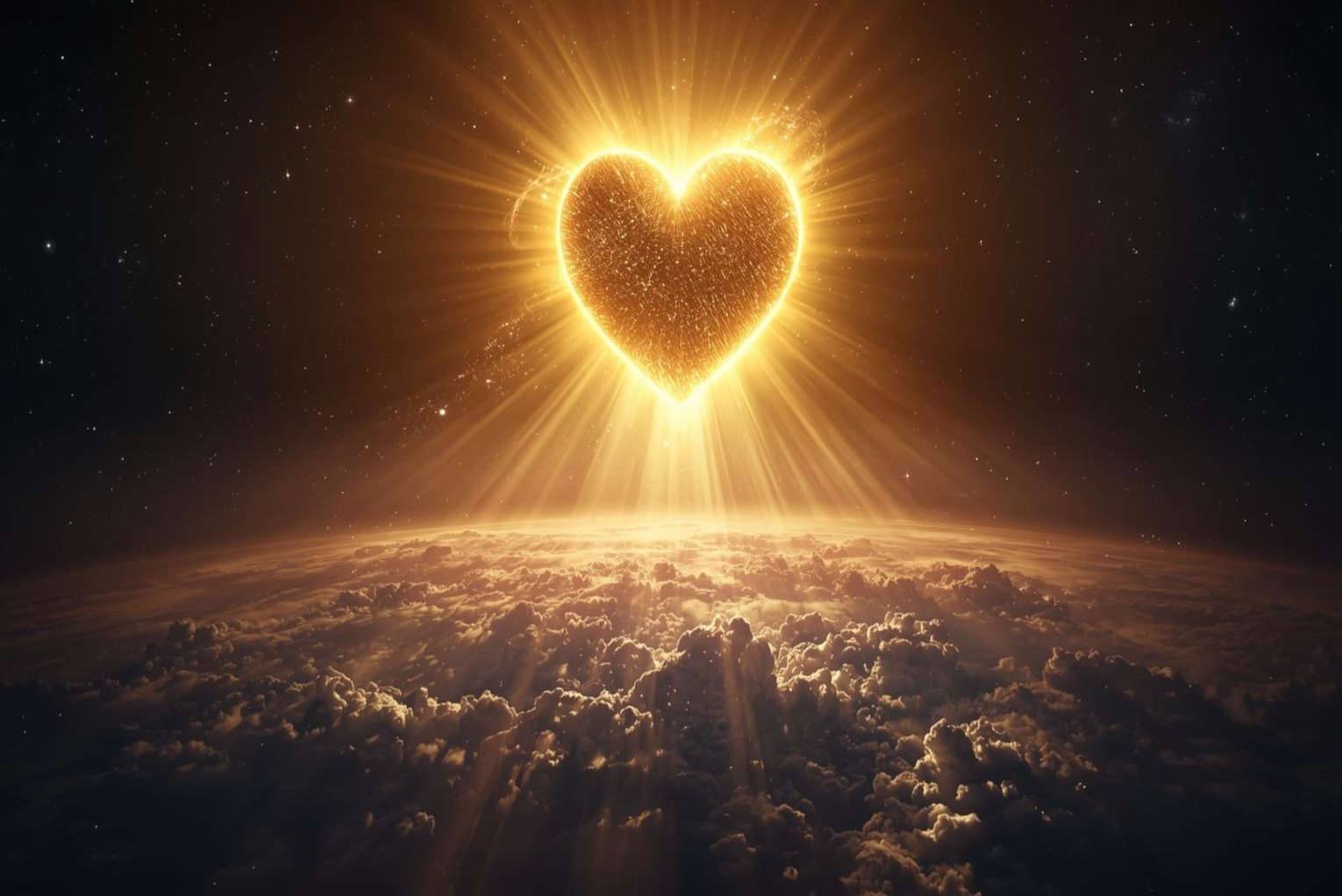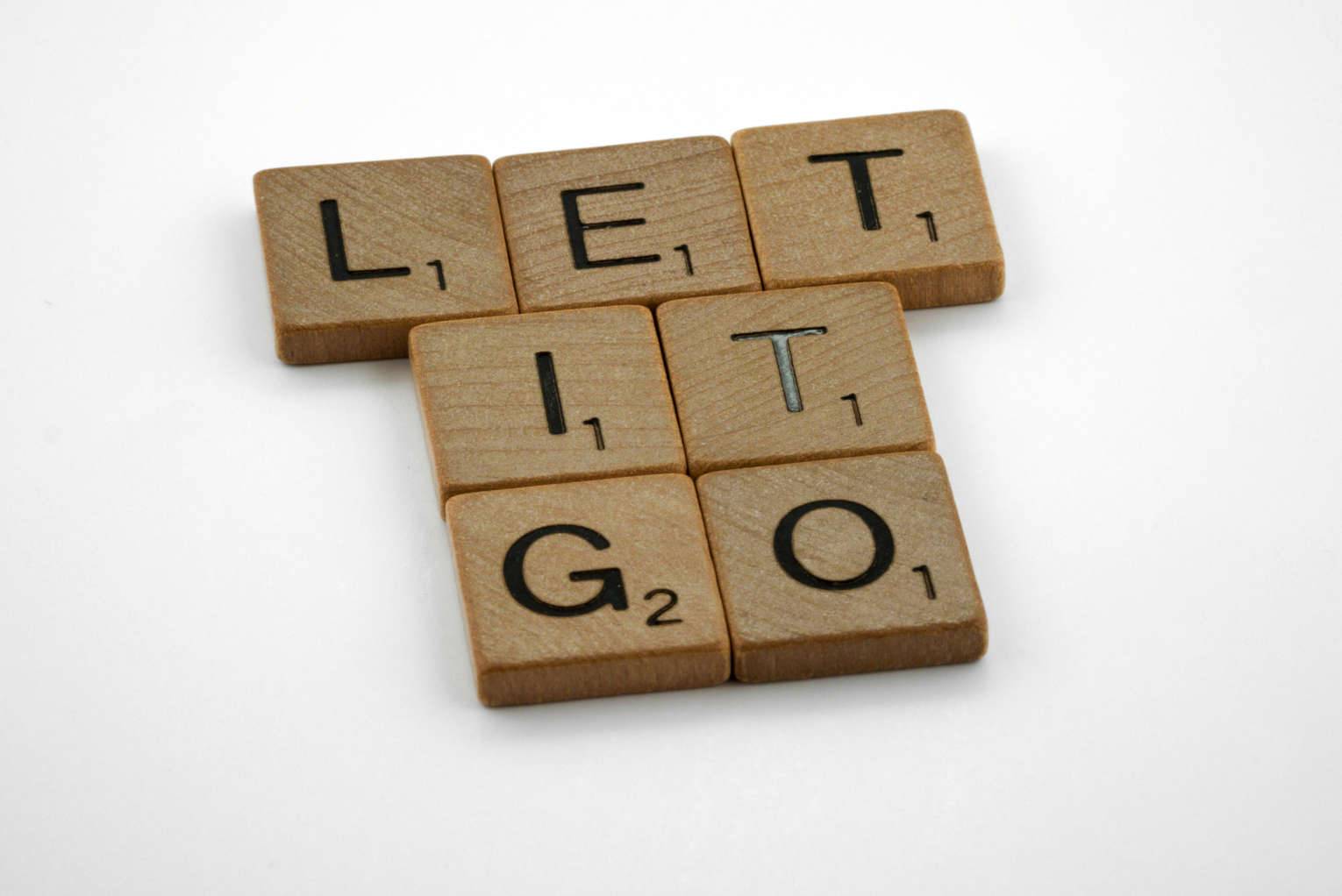A woman who was sexually abused as a child can wrestle her whole adult life with questions such as, “Am I worthless?” “How can I move past the hurt?” “Do I matter to God?” This internal turbulence can carve a deep hole in an already wounded soul. Crystal M. Sutherland’s own experiences as a child led her to write Journey to Heal: Seven Essential Steps of Recovery for Survivors of Childhood Sexual Abuse (Kregel Publications).
Q: Your book, Journey to Heal, addresses an especially sensitive subject. How prevalent is child sexual abuse in our country?
The prevalence of childhood sexual abuse in our country is one of the best-kept secrets of our culture today. It is a crime perpetuated in silence and secrecy, and often children who may attempt to tell an adult are ignored, dismissed or misunderstood. Based on recorded cases, it is estimated there are more than 42 million adult survivors of sexual abuse today. Current statistics also reveal approximately one in 10 children will be sexually abused before they reach the age of 18. That breaks down to about one in seven girls and one in 25 boys. These statistics are based solely on reported cases; it is very difficult to obtain accurate data because this crime is severely under-reported. From the research I have read, this appears to be especially true among boys.
Q: This is a very personal topic for you. Why did you decide to share such a difficult and private story in the form of this book?
I needed the healing message of this book when I began my journey. As the Lord brought healing and restoration into my life, I sensed He was encouraging me to share my journey of recovery with others so they too could experience the freedom His love brings. Initially I wrote a women’s Bible study for survivors of sexual abuse that I led through my church. Sharing my story and hearing other women share theirs brought a great deal of healing. It was through the experience I felt the need to write Journey to Heal and encourage women to find their hope and healing in Christ.
Sharing my story is a small part of this book. I share it so my readers know I am a friend who understands what they are going through. The focus of my book is leading readers through the recovery process God brought me through and to be the kind of friend to them I needed at that very dark time in my life.
Q: Could anyone have known what was happening to you? What are some of the warning signs adults should be aware of when abuse is present?
I don’t believe anyone could have known what I was going through. Like most victims of sexual abuse, I was full of fear and very good at keeping secrets and masking my true feelings. On the surface, our family looked as normal as any other, but there were warning signs present, if someone knew what to look for.
It’s important to note here that every child is different and will exhibit a wide range of immediate and long-term reactions to abuse. I encourage families and teachers to learn more on this topic at Darkness to Light (d2L.org), an organization dedicated to raising awareness about CSA.
There are several physical and emotional signs to note. Physical signs of sexual abuse might include bruising, bleeding, redness or scabs around the mouth or genitals, urinary tract infections, STDs, abnormal discharges, chronic stomach pain or headaches. Emotional signs may include withdrawal from social activity, fear, depression, unexplained anger or rebellion, nightmares, bedwetting, poor school performance, delinquency, aggressive behavior, promiscuity, cruelty to animals, bullying, being bullied, running away or self-harm of any kind. One of the most telling signs a child is being sexually abused is sexual behavior and language that is not age-appropriate.
Q: Even though you were in church by the time you were a teen, promiscuity and pregnancy became a part of your story. Why do so many victims of childhood sexual abuse find themselves in similar situations?
This is a difficult question to answer because there are many factors involved here. I believe the underlying reason involves shame. Feelings of shame and worthlessness dominated my heart as a teen. I felt unloved and unwanted and jumped at most any opportunity to feel loved and accepted by others. I believe this is true for most victims of CSA; coupled with a damaged sexuality and little sense of personal boundaries or self-respect, victims of sexual abuse are extremely vulnerable and prone to make life choices out of their place of brokenness.
Q: What were some of the unhealthy habits you adopted as an adult in an attempt to cope with your pain?
I indulged in food, shopping and busy-work to avoid dealing with the pain I felt inside. For years I considered most any carbohydrate a close friend and struggled with weight issues for a long time. Shopping was also a means of escape from my reality. With a caramel macchiato in one hand and my pocketbook in the other, I could slip into my own little world for a while. I abused myself with food, and I temporarily avoided my issues through the distraction of retail therapy. If that wasn’t enough, I kept busy with all sorts of activities and was the queen of overachievement. If there was a need for volunteers at church, I was there. I was on every committee I could commit to and nearly wore myself out in the process. I was so unhealthy, and none of those vices brought me any closer to the healing I desperately needed.











































